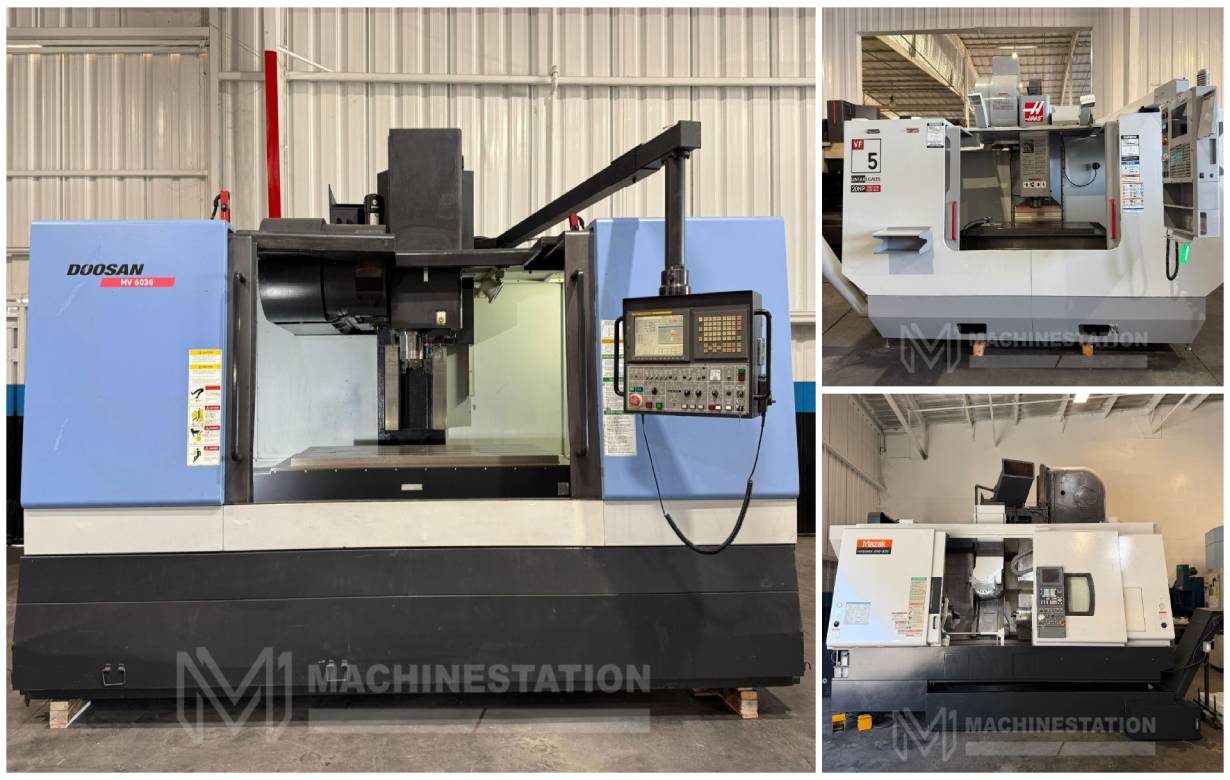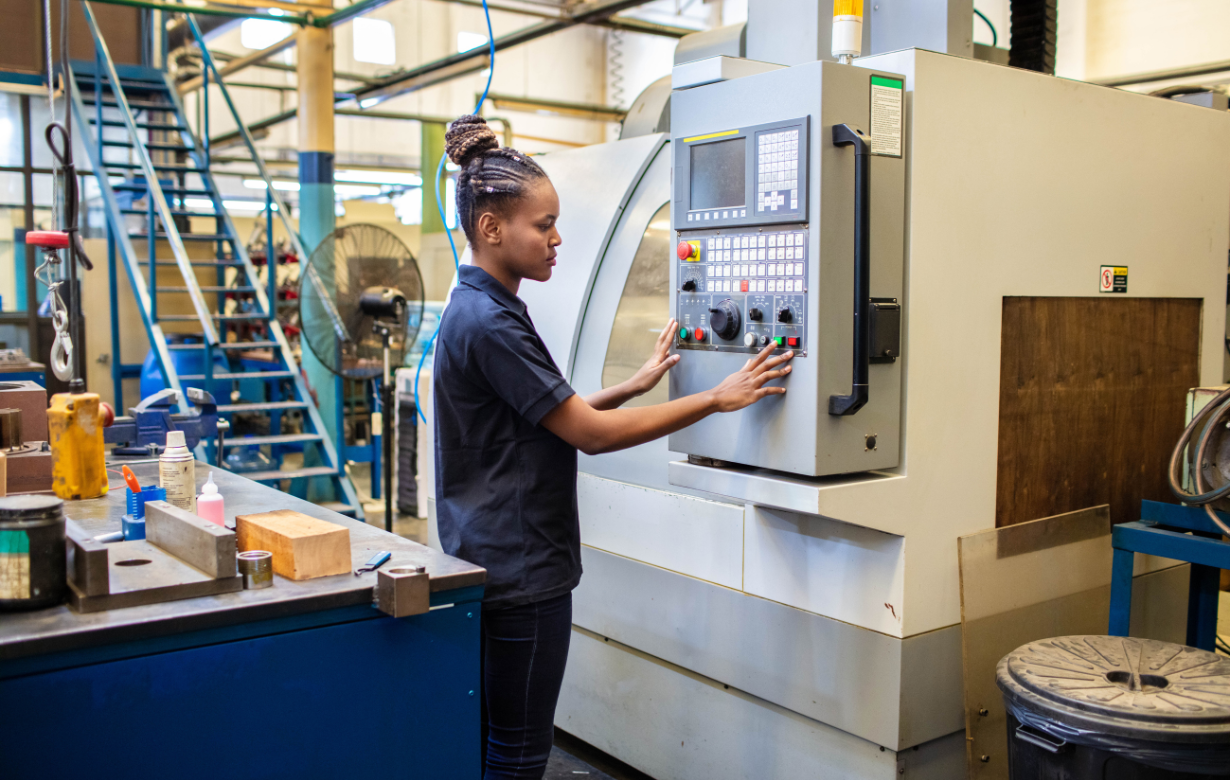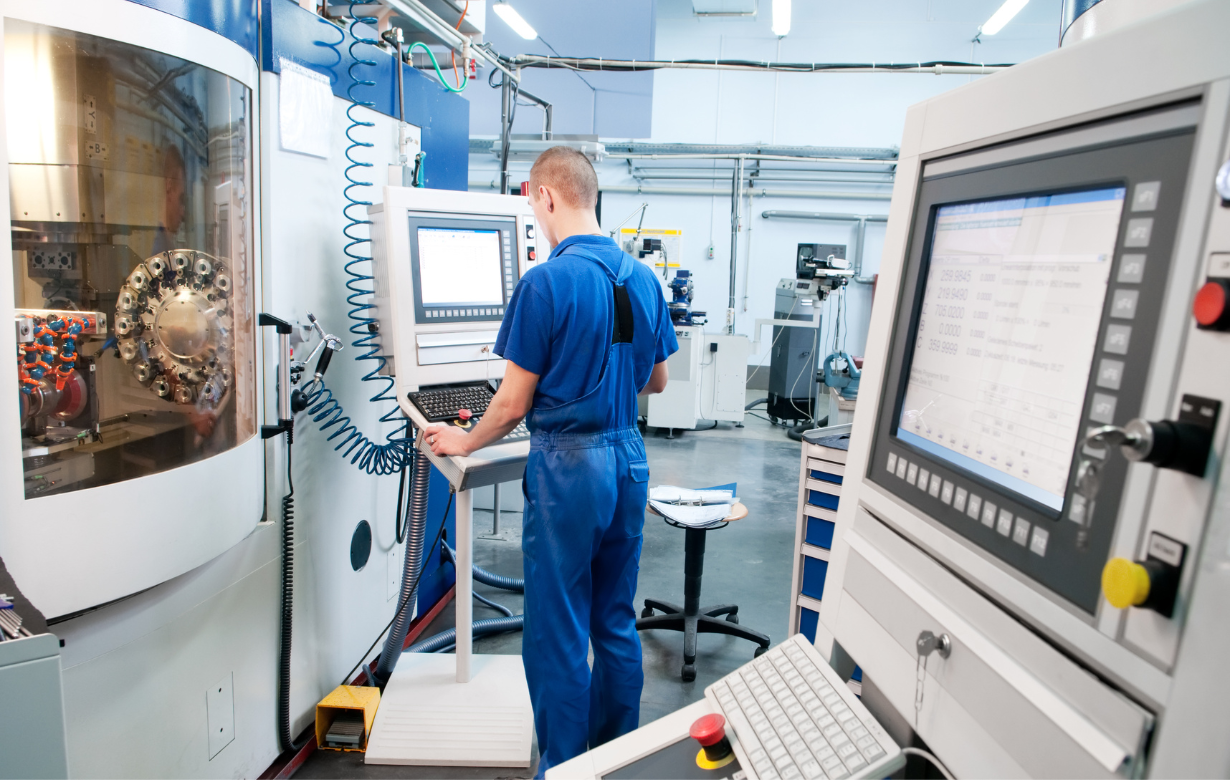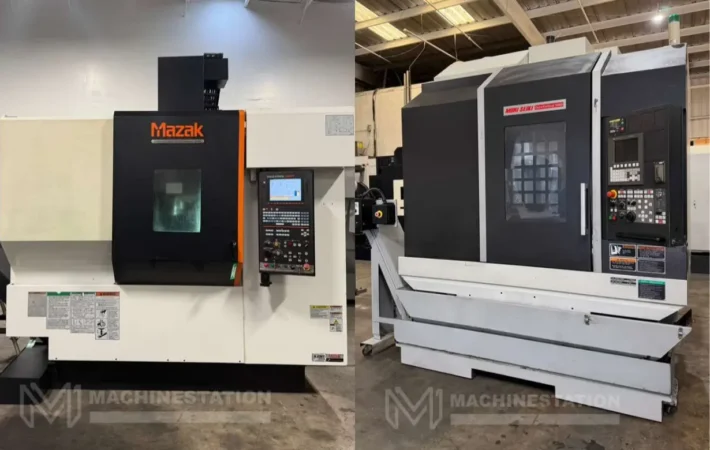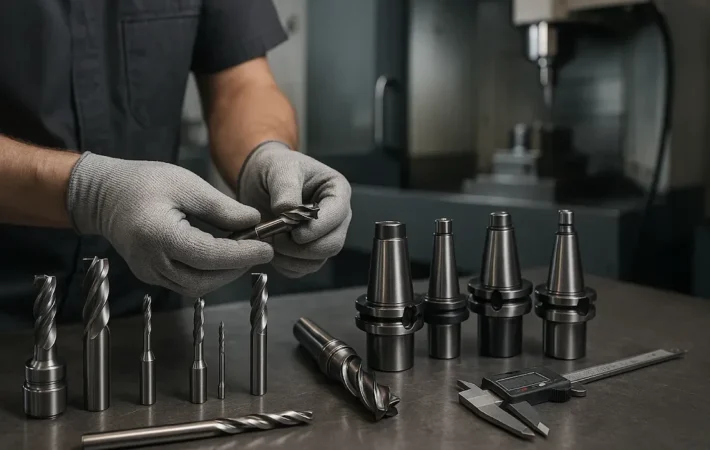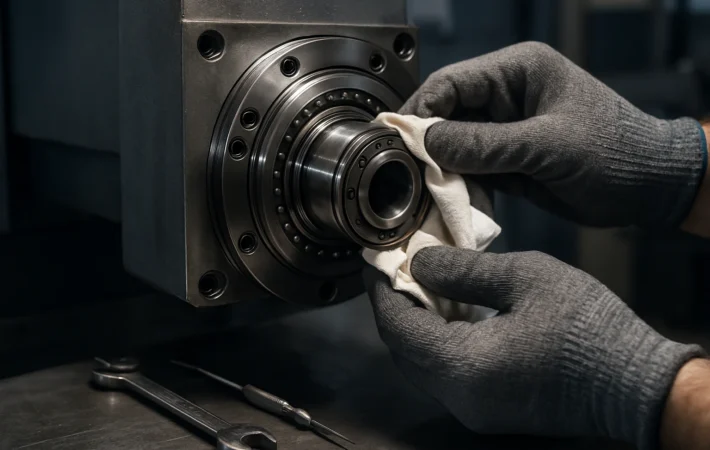7 Tips to Get Maximum ROI from CNC Machines
When doing a manufacturing business, buying a CNC machine is just a small part of the job; the real task is to find out how you can earn a net positive ROI from employing that CNC machine. No matter whether you’re buying a brand new CNC machine or a used one, they’re costly machines, and to make a profit out of them, you need to be very strategic about each one of your financial moves.
Manufacturing can be a tough job at times, which may harm your profit earning potential, so in this blog, we will discuss with you some high quality tips that will help you earn the maximum ROI from your CNC machines.
